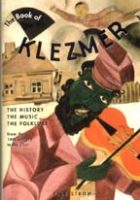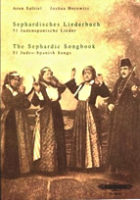Zimriyah
A Celebration of Jewish Music.
(This choral music article appears by permission of the World Zionist Organization. It first appeared on their website Hagshama.)
By: Ilene Bloch
Jews are a people of the Book as much as we are a people of the Note. The Musical Note, that is. We can trace the first Jewish choral work to Biblical times, where the entire nation made their choral debut in a paean to God for saving them from the hands of the pursuing Egyptians.
“My victory and song is G-d, that was my salvation.”
Ch. 15, verses 1-2, Shemot.
That can certainly help to explain the waves of passion and excitement that filled Tel Aviv’s Mann Auditorium during the Zimriya¹s, the world assembly of choirs, 50-year jubilee concert celebration that took place last month.…
CONTINUE READING >





